The content of the article
Body temperature is a very important indicator that indicates serious malfunctions in the body. High or low temperature indicates that the body is struggling and resists negative factors. Therefore, the presence of temperature is not bad, but very good. Indeed, for many people suffering from autoimmune diseases, the temperature simply does not rise, because the body does not resist the virus, bacteria or other factors. As Hippocrates said, “Give me a fever and I will cure the sick!”
But what if there are suspicions of changes in body temperature, but a thermometer is not at hand? Of course, you can touch the forehead of a person and roughly estimate the changes in his body temperature. But some feel the temperature only with serious deviations, and minor fluctuations can go unnoticed. But what if you suspect you have a high fever and no one is around? In this article we will try to answer all these questions and talk about popular methods of measuring body temperature without a thermometer.
How to understand that a person has a high fever
Here are some signs of fever in an adult and a child.
- Rapid breathing. The breathing of a patient with elevated body temperature becomes more frequent, especially after 38 degrees. Normally, the number of breaths of an adult is 15-20 per minute. Children breathe a little more often, 20-25 breaths per minute. If this figure is much higher, most likely a person has a fever.
- Red cheeks. At elevated body temperature, complexion changes, this is especially noticeable in children. Cheeks turn bright red - this is noticeable to the naked eye.
- Thirst. This is a common symptom of fever, because the body loses a large amount of moisture during heat transfer. If a person complains that his mouth is dry and thirsty more often than usual, he most likely has a fever.
- Hot breath. Ask the patient to blow in your palm. This is a very effective way to check body temperature. Even at low temperatures, breathing will be noticeably hot. The method is also effective in that you can measure the temperature yourself. Blow on a clenched fist of your hand - at an elevated temperature, your breath will seem to burn.
- Cold limbs. Often at high temperatures, the child’s legs and arms remain cold and cannot warm up. This is due to narrowing of the blood vessels. This is a rather dangerous phenomenon - in addition to antipyretic drugs, you need to rub the legs and arms, massage, wrap, apply to the heating pad. Such manifestations indicate a temperature above 40 degrees.
- Pulse. If you have a stopwatch and you can measure your heart rate, this will help you determine the approximate level of body temperature. Measure the pulse and compare it with the norm. For example, the pulse of a healthy child of eight years in peace is approximately 100 beats per minute. If the measured pulse is 120 beats, then the difference is 20. Multiply it by the number 0.1 and get the number 2. Therefore, the temperature is increased by 2 degrees, that is, it is 36.8 degrees. The scheme, of course, is not accurate, but it allows you to at least roughly know the level of temperature increase.
- Hot areas of the body. You can quickly check the temperature by simply applying your hand to your forehead and temples. There are some parts of the body that heat up most strongly at high temperatures, they can be identifiers. This is the armpit, bend of the knee, inguinal fold.
- Cramps. If the child is seized with convulsions, especially long-term, then the temperature has exceeded 40. This is very dangerous, you can not self-medicate.It is necessary to give the child an antipyretic, call an ambulance, remove the top layer of clothing, wipe the baby with warm water and wait for a doctor.
To determine the body temperature in a child, you can use special thermometers that are built into the nipple. You can measure body temperature with ear and infrared thermometers, which give the result after bringing the device to the patient’s temple in just a few seconds.
Elevated temperatures may indicate viral, bacterial and infectious infections. In general, a huge number of diseases can be accompanied by high fever. If the temperature is above 39 degrees or a small child is acting as a patient, self-medication is very dangerous - urgently call a doctor. You should also call an ambulance even at a low temperature, if the child has neurological abnormalities - the risk of seizures in such a baby is high.
Signs of cold
Much less common is the situation of lowered body temperature, which also requires timely attention. If the baby's temperature drops, he can become sleepy, lies down on the bed, his hands and feet get cold, his face turns pale. At the same time, the forehead and chest begin to get colder, tingling is felt in the limbs.
In this case, you need to drink a glass of hot sweet tea, wrap the patient in a warm blanket and put him to bed. A short-term and insignificant decrease in temperature is most often not dangerous and can occur due to overstrain - both emotional and physical. If the temperature does not rise after the measures taken, it is better to consult a doctor. In women of childbearing age, a decrease in temperature may be associated with the onset of pregnancy.
Low or high body temperature is just a reaction to the underlying disease or external exposure. The human body is very smart and in many cases it is trying to "get rid" of the problems that have arisen. Even if you manage to bring the temperature back to normal, pay attention to the disease itself and try to find out the cause of the incident. Watch your body temperature - it will tell you about the state of your body.
Video: how to measure body temperature without a thermometer

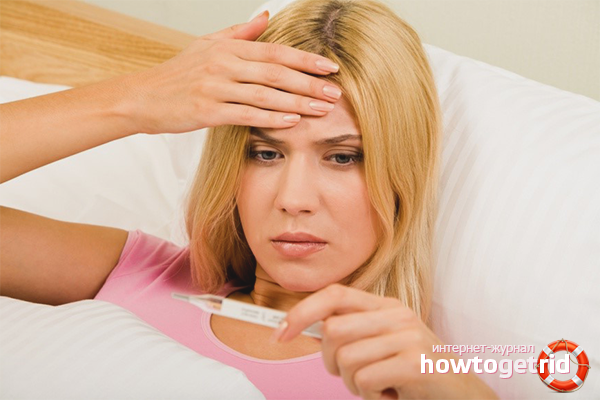
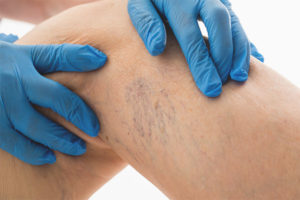

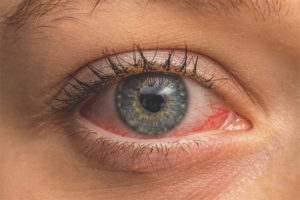

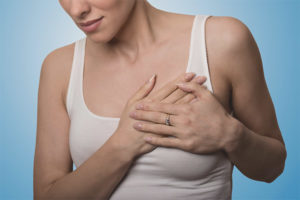

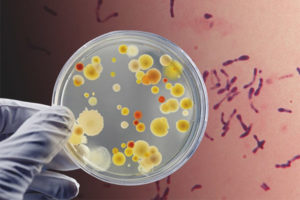

Submit